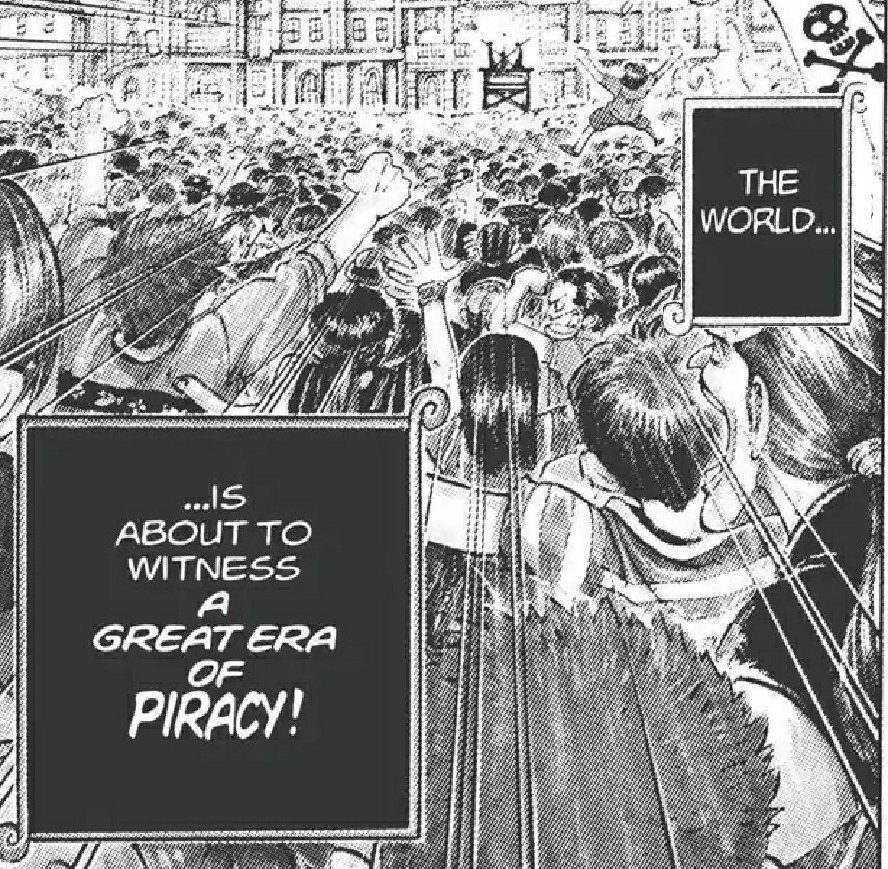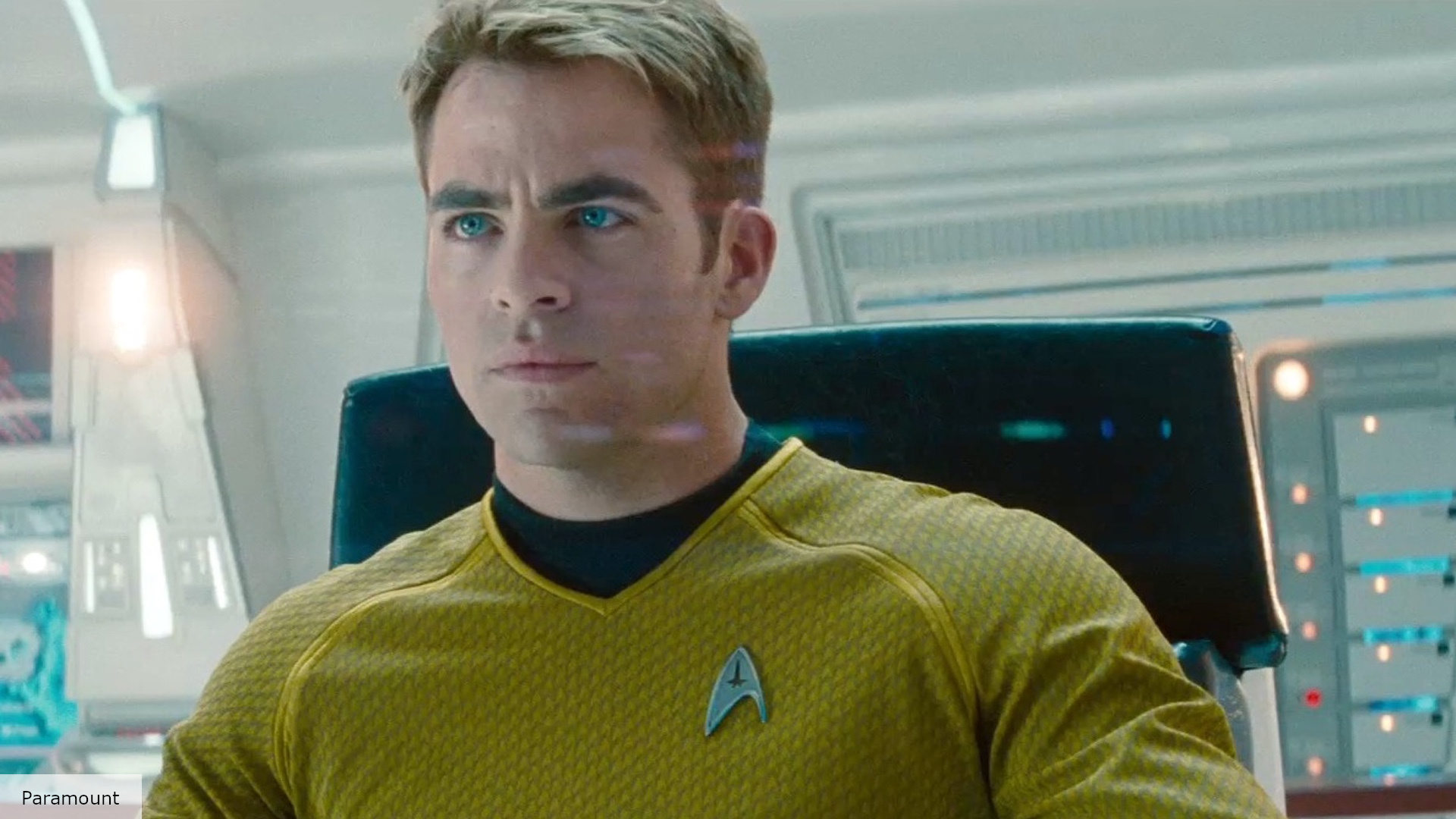“I’m your god now.”
Panos Cosmatos’ Mandy is not like other horror films, and boy does it want you to know it. It operates in a lurid music-video dreamscape that may or may not be on Earth; at times it is a bracing, visceral exploration into the unchartered realm of grief, where the landscape changes for everyone who enters. At times the film is self-indulgent and glacially paced. Sometimes it feels like a tone poem, other times like a guitar solo. Ultimately it feels like a prog rock song.
Mandy is a bifurcated film, which may polarize some viewers. You’ve probably heard this is a balls-to-the-wall violent film, and it is, but not until the last hour or so. In the first part of the film, Cosmatos lets his camera linger, paying attention to the smallest details of the frame. Conversations last for minutes on end, and in these scenes you can feel the influence of filmmakers like Nicolas Winding Refn. There are, I admit, some parts of Mandy that tried my patience, but the payoff is worth it.

We follow Red and Mandy, played by Nicolas Cage and Andrea Riseborough. They live in seclusion, but also in isolation; it seems as though their lives involve only each other. Only once do we see them at their places of work; he’s a logger and she a convenience store clerk. Mostly they spend their time lounging in deep reds and purples, waxing rhapsodic about the universe. Mandy catches the eye of a cult leader, and thus begins the film’s descent into hell.
Jeremiah Sand, leader of the Children of the New Dawn, becomes fixated on Mandy and sends his cultists to abduct her. The abduction sequence is where Mandy really lets its freak flag fly, and it’s kind of a marvel to watch. One of the cultists summons a group of demonic, otherwordly bikers to terrorize Red and Mandy. It’s a harrowing sequence, bathed in flickering blue light, as surreal and frightening as the nightmarish attack it is. Mandy is taken back to Jeremiah, and here is where the film gets really challenging.
Mandy is dosed with LSD and stung by an enormous insect, then taken in to meet Jeremiah, who has a very long monologue. Linus Roache is admirably committed to his performance, but more than any other scene in the film, this is the one that will test your patience. It’s captivating, in its way, but everyone’s voices are slowed down and doubled, so the one-sided conversation borders on interminable. Riseborough does solid work, waiting for the moment when Jeremiah disrobes before laughing at his solipsistic song about himself. Stick with the scene, though, because it’s kind of the focal point of the movie, as Jeremiah’s impotent rage takes the form of brutal retaliation. Mandy gets plenty grisly when it has to, but it avoids the potential pitfall of showing us a woman being burned alive.

This is the point at which Mandy goes full grindhouse, and god is it fun to watch – cathartic, too, as the violence Red wreaks upon the Children of the New Dawn is this movie’s version of grieving. Nicolas Cage is terrific, delivering lines in his inimitable deadpan (“Knock knock.” “Whos’ there?” “Erik Estrada.” “Erik Estrada who?” “Erik Estrada from CHiPS.”). Don’t worry, though, because there are a few scenes in which he goes the kind of bonkers we’ve come to expect from Cage. If you thought he was going to go this whole movie without swilling vodka on the toilet while screaming and crying, well then you’re in for a treat. Between this and his killer performance in last year’s Color Out of Space, Cage is a welcome and surprising addition to A-list actors who wade in the waters of arthouse horror. There’s a point at which he’s trying to describe the cult, and all he can come up with is “crazy evil,” and the way Cage sputters the words out makes the description both ridiculous and perfect.
When the violence erupts, it feels like the Mandy is exhaling a breath we didn’t know it was holding. (It’s also strange that this is the second movie we’re covering this year that features a chainsaw duel.) It’s as inventive as it is glory, and Cage anchors this latter part of the film in an almost wordless performance, letting his hard-set eyes do his speaking for him. It’s also, I can’t stress this enough, awesome. I mean, Nicolas Cage lights a cigarette with a flaming severed head. I don’t really know what else to add to make you want to watch this.
Thursday, 10/1: Phantasm
Friday, 10/2: Frozen
Saturday, 10/3: Suspiria
Sunday, 10/4: Suspiria (2018)
Monday, 10/5: Emelie
Tuesday, 10/6: Castle Freak
Wednesday, 10/7: Session 9
Thursday, 10/8: The Texas Chainsaw Massacre 2
Friday, 10/9: We Are Still Here
Saturday, 10/10: The Changeling
Sunday, 10/11: The Bad Seed
Monday, 10/12: Verotika
Tuesday, 10/13: The Legend of Hell House
Wednesday, 10/14: Lake Mungo
Thursday, 10/15: Puppetmaster
Friday, 10/16: Marrowbone
Saturday, 10/17: A Nightmare on Elm Street 4: The Dream Master
Sunday, 10/18: Halloween 4: The Return of Michael Myers
Monday, 10/19: Sweetheart
Tuesday, 10/20: Girl On the Third Floor
Wednesday, 10/21: Behind the Mask: The Rise of Leslie Vernon
Thursday, 10/22: Triangle
Friday, 10/23: Dog Soldiers
Saturday, 10/24: Noroi: The Curse
Sunday, 10/25: Train to Busan
Monday, 10/26: Tales From the Hood
Tuesday, 10/27: Mandy
Wednesday, 10/28: Sometimes They Come Back
Thursday, 10/29: Veronica
Friday, 10/30: The Wicker Man
Saturday, 10/31: Child’s Play




